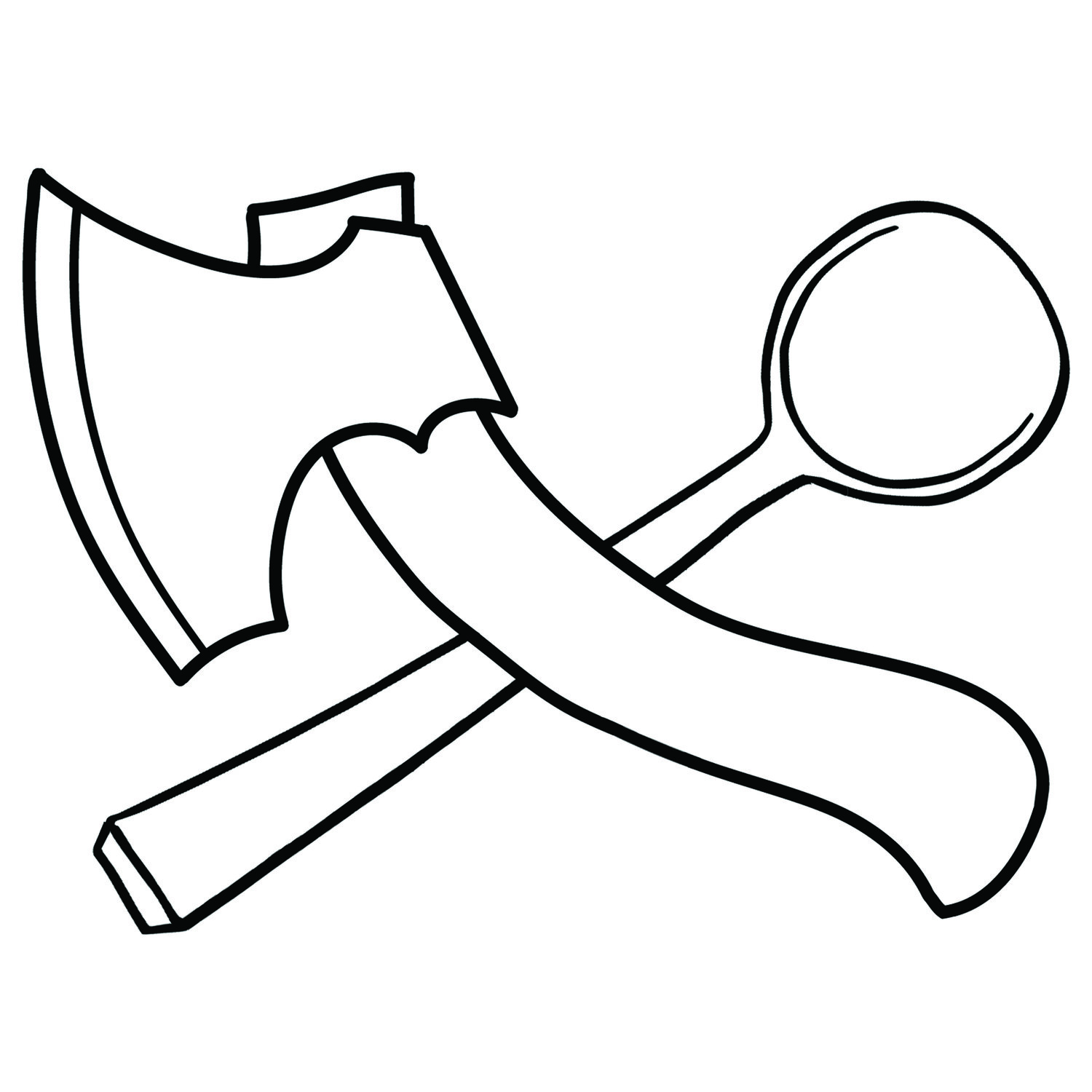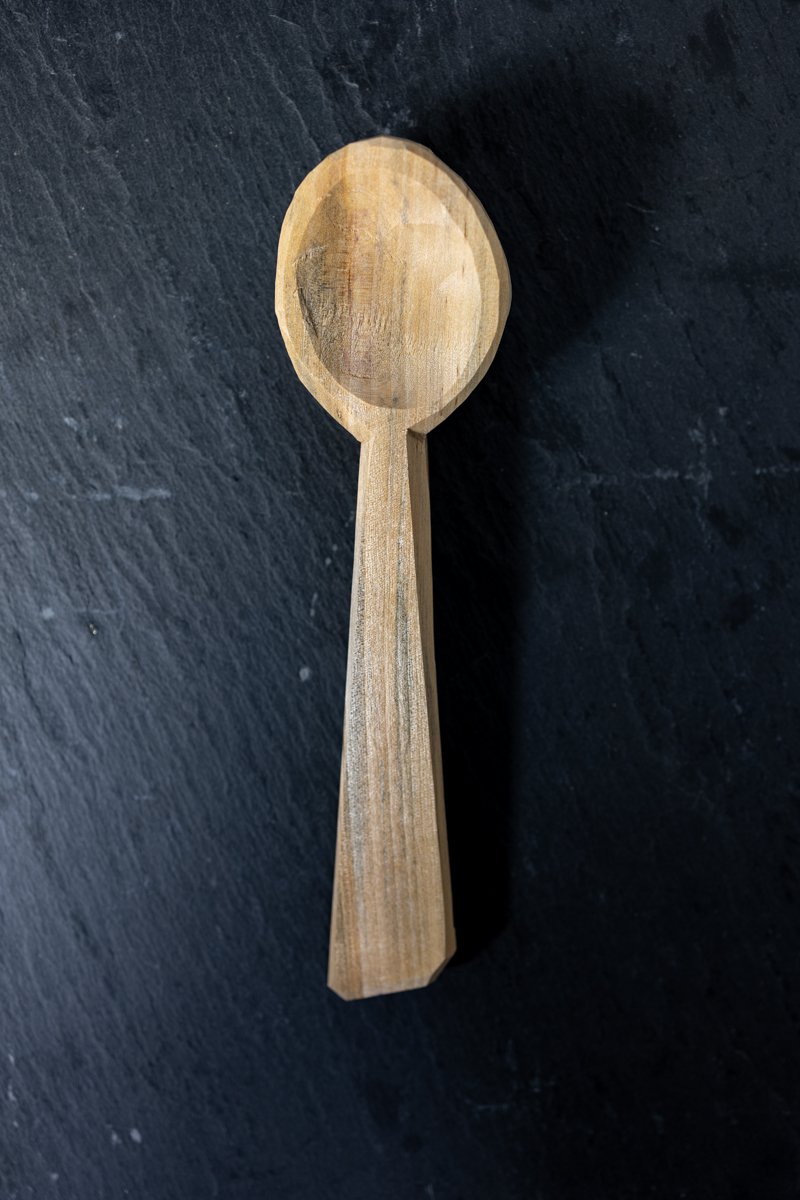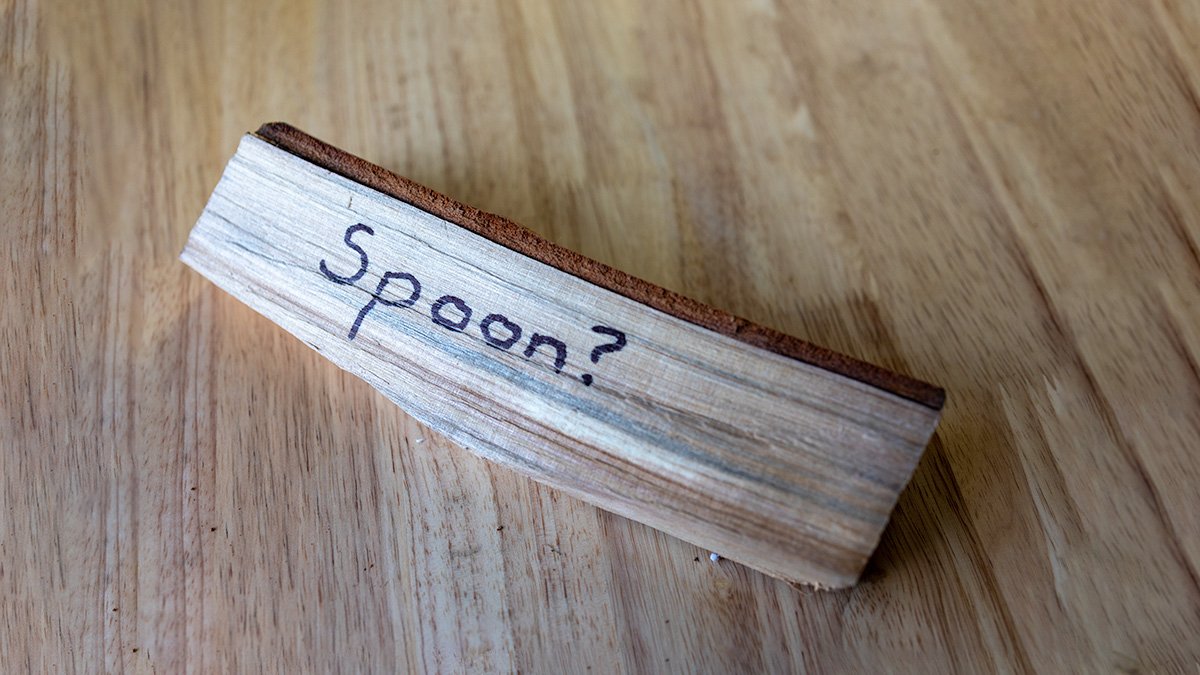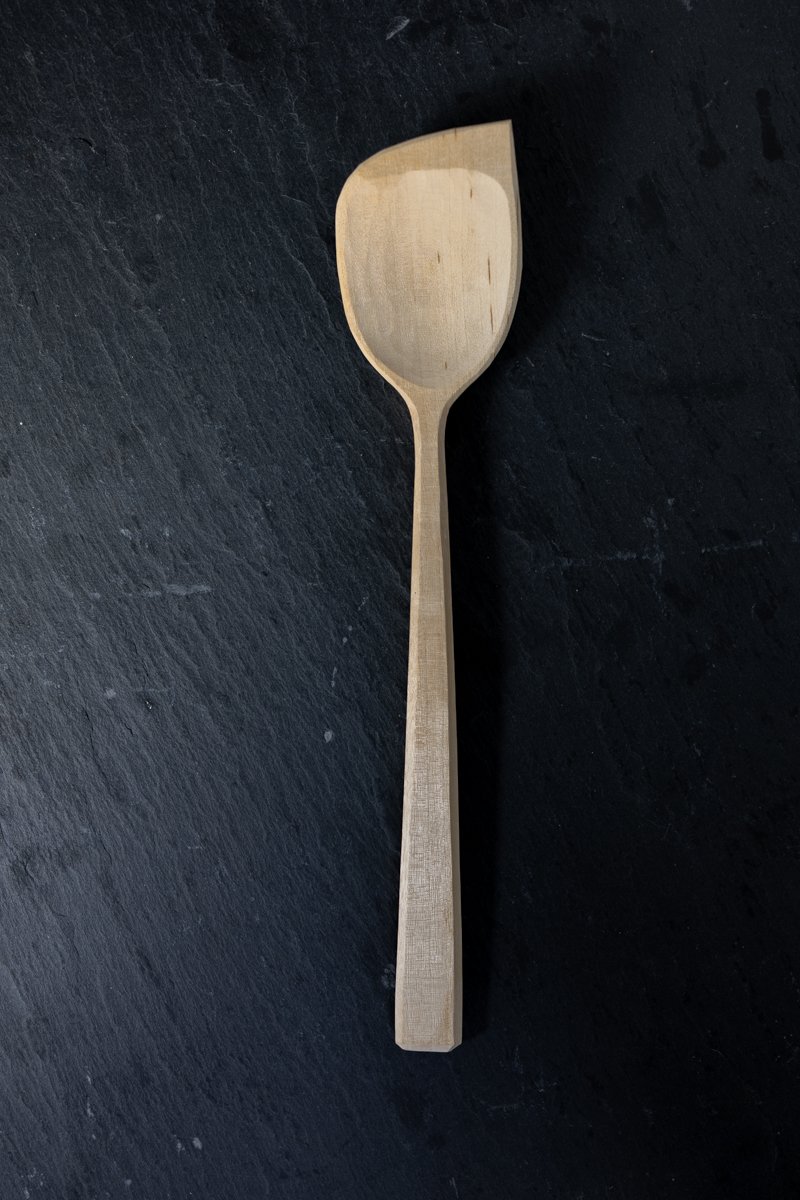Take One Simple Step To Improve Your Spoon Carving Now
It’s easy to carve a spoon. Take a piece of wood. Shape it into a stick with a hollowed out scoop on the end. That is a spoon. But is it a good spoon? It’s certainly describes a lot of spoons I carved when I first started out.
Definitely a spoon
If you just enjoy whittling and seeing what happens, you’ve already found your happy place. Just enjoying the process without caring about the outcome is a great way to approach any task. But that’s not what this article is about.
When I started out out, I carved a lot of bad spoons. It took a long time to figure out certain tips and tricks to making spoons that work well. This is tip is one I really wish I’d been told about earlier.
If you’re picking up spoon carving tools for the first time and want to end up with a good spoon that works well, this is for you. If you’ve carved some spoons and found they don’t work well, this is for you. If you feel like you’re carving okay spoons and are having a hard time improving, this is for you.
Start with an end in mind.
Be more specific
Spoons are functional objects. For those of us who want to carve better spoons, that’s great news. We have a clear task our finished spoon needs to perform. Something to aim for and something to measure our efforts against. We can know if we’ve carved a good spoon if it performs its intended function well. If it doesn’t, we can figure out what’s wrong and correct that mistake. Now, or with the next spoon.
What design elements does a spoon need to have in order to fulfill its intended function? Let’s take as an example an eating spoon. It needs to:
Scoop food from a plate or bowl
Hold the food while it travels to your eating hole
Fit in your mouth
Not everything, but a starting point.
Function: scoop food. Design: have the bowl be angled up in relation to the handle.
Function: hold food. Design: a sufficiently hollowed out bowl.
Function: fit in your mouth. Design: be smaller than your mouth and to be shallow enough that your top lip can reach to the bottom of the hollow in order to pull food off the bowl.
For a much longer list of the features of a good eating spoon, page 96 of Willie Sundqvist’s Swedish Carving Techniques is great further reading.
A cooking spoon probably needs a long handle but works fine without a crank. A serving spoon needs a big bowl, a risotto spoon benefits from a hole in the bowl.
Starting with a spoon that serves an intended function will inform the size of wood you need to start with. It will point you in a direction of bowl shape and handle length. It’ll help you know when you’re done. Starting with an end in mind provides answers to critical design choices we’d otherwise be making up.
So you’ll be able to plan out your design with a clear end goal in mind. Once you’ve finished carving you’ll then be able to test it. Eat with it, cook with it, scoop coffee beans with it. Do with it whatever you intended and see how well it works.
Spoon designed for cooking. Long handle, little crank, sharp corner for scraping pot corners.
Is the handle shape comfortable to hold while using it? Does the bowl scoop/serve/stir as well as you hoped? Depending on your results you will find changes to make. Perhaps those changes can be made to this spoon. Perhaps you need to make another spoon to include those improvements. At least you’ll know how to improve.
It’s easy to make a spoon. It’s actually quite difficult to design and make a spoon that works really well. Start with an end in mind and you will carve spoons that work better.




